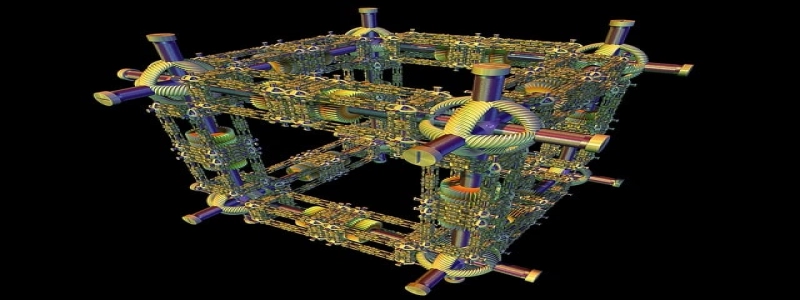SFP Connector Types
Introdução:
In the world of networking, SFP connectors play a crucial role in facilitating the communication between devices. SFP, which stands for Small Form-factor Pluggable, refers to a compact and hot-swappable transceiver module used in fiber optic and Ethernet networks. These modules come in different types, each designed for specific applications and environments. In this article, we will explore the various SFP connector types and their characteristics in detail.
1. LC Connector:
The LC connector is the most commonly used SFP connector type. It is a small, push-pull style connector with a locking tab mechanism. Its compact size allows for high-density fiber optic connections, making it ideal for data centers and enterprise networks. The LC connector offers low insertion loss and excellent return loss, ensuring reliable and high-performance connections.
2. SC Connector:
The SC connector is another widely used SFP connector type. It features a square-shaped push-pull design, providing simple and secure connections. The SC connector is known for its excellent stability and durability, making it suitable for both single-mode and multimode applications. It is commonly used in telecommunications, LANs, and other high-speed network environments.
3. FC Connector:
The FC connector, also known as the Ferrule Connector, is a screw-on connector commonly used in high-performance applications. It offers excellent alignment precision and robustness, making it suitable for harsh operating conditions. The FC connector is often used in military, aerospace, and industrial applications where reliability and ruggedness are crucial.
4. ST Connector:
The ST connector, short for Straight Tip, is a popular SFP connector type used in both single-mode and multimode applications. It features a bayonet-style coupling mechanism, allowing for quick and secure connections. The ST connector is known for its simplicity and ease of installation, making it suitable for use in premises, campuses, and local area networks.
5. MPO Connector:
The MPO connector, or Multiple-Fiber Push-On/Pull-off connector, is a high-density connector used for multi-fiber applications. It can accommodate up to 24 fibers in a single connector, making it extremely useful for high-speed data transmission in data centers and telecom networks. The MPO connector is available in different configurations, including MPO-12 and MPO-24, each with a varying number of fibers.
Conclusão:
SFP connectors are essential components in modern networking infrastructure. Understanding the different connector types allows network administrators and technicians to select the most appropriate connectors for their specific applications. Whether it’s the compact LC connector for high-density connections or the robust FC connector for harsh environments, each SFP connector type offers its unique advantages and capabilities. By considering factors such as scalability, reliability, and compatibility, network professionals can ensure optimal performance and efficiency in their network deployments.







